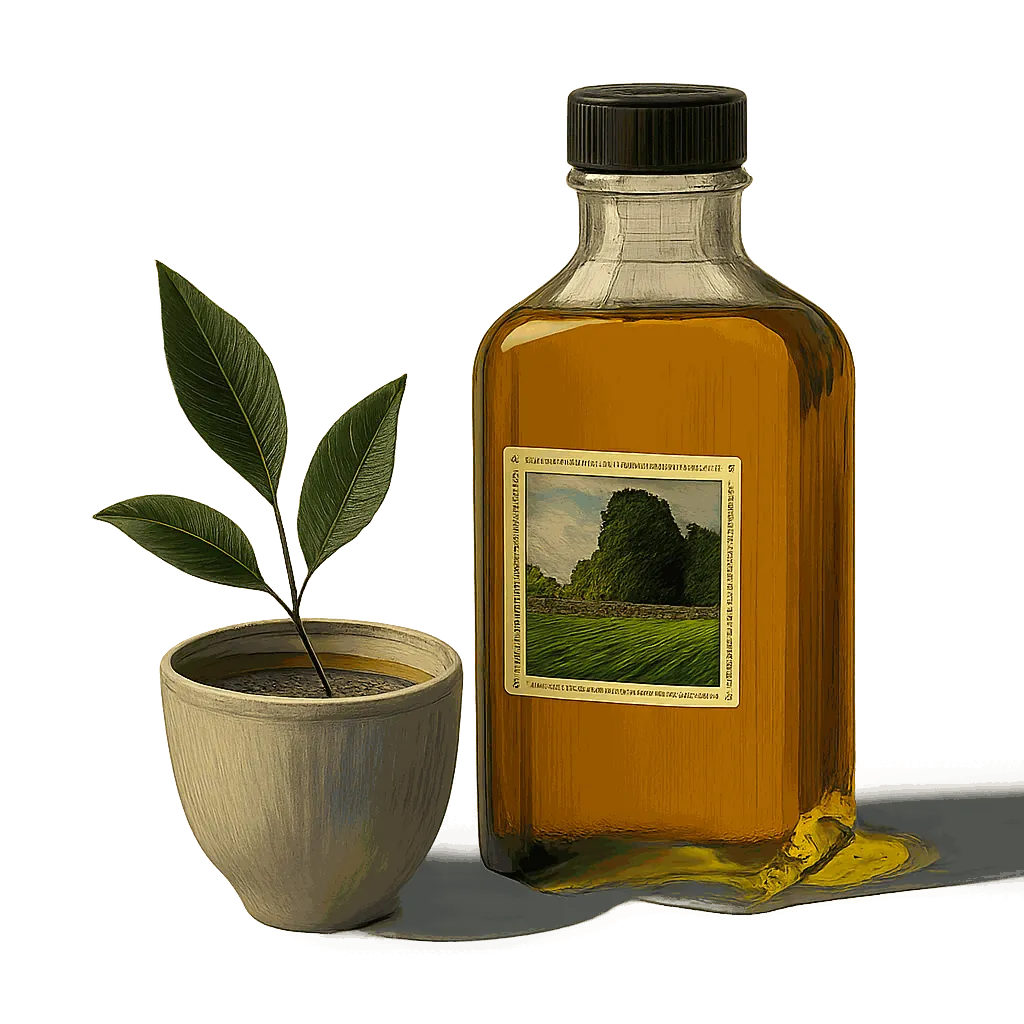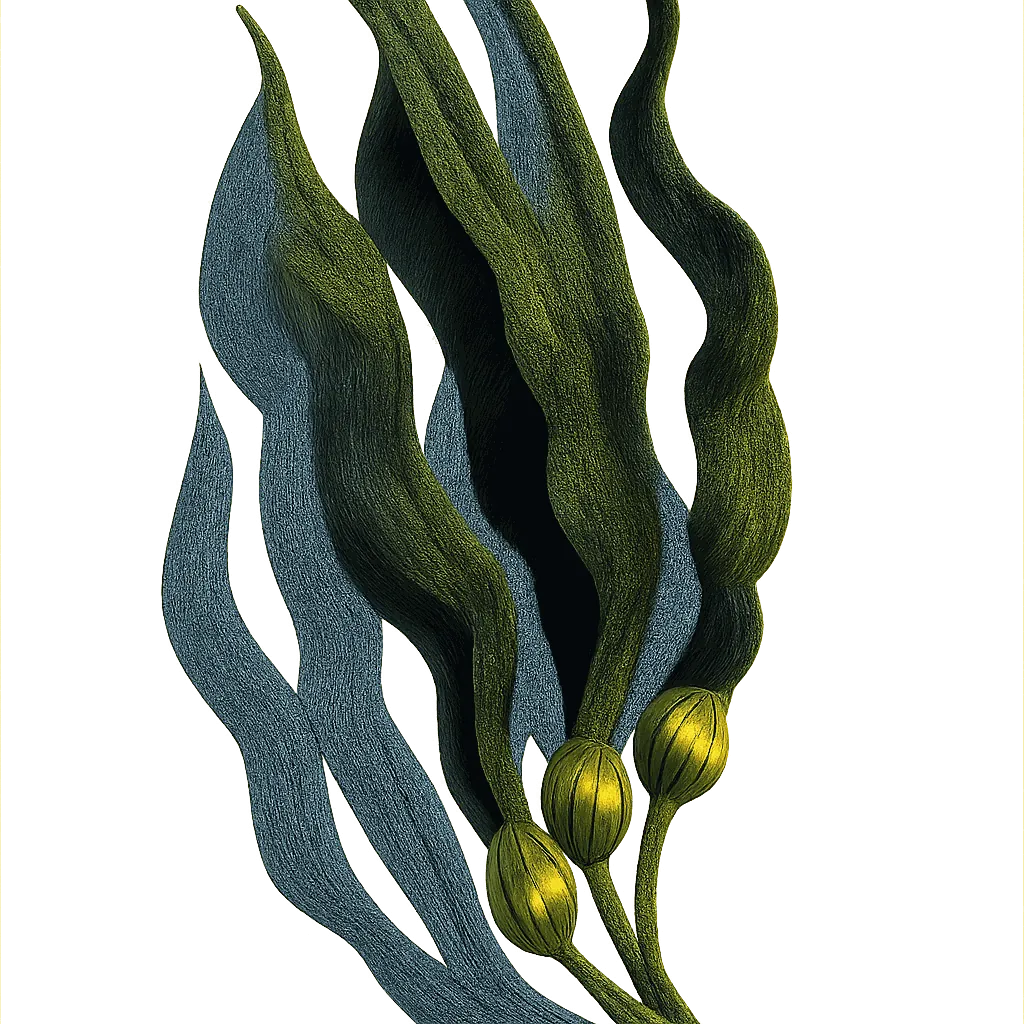Perfect Pairings & Recipes for
Herbal Tea

Top flavour pairings and herbal tea recipes, revealed through the hidden methmatics of flavour.
Herbal tea instantly conjures the evocative embrace of lavender and the kiss of blossom. But look beneath its obvious sweetness and you'll discover a captivating symphony of softer notes, a whisper of chamomile, a hint of tea, and subtle accents reminiscent of hibiscus, contributing remarkable depth. Understanding how these elements interplay is the secret to unlocking herbal tea's pairing potential.
To illuminate these harmonies, we embarked on an ambitious journey, analysing thousands of ingredients. Each was meticulously deconstructed across 150 distinct flavour dimensions, allowing us to pinpoint precisely which notes complement in both classic and unexpected ways. Our analysis reveals, for example, how goose's glutamic tones enrich herbal tea, and how muscovado sugar's molassesey notes create a surprising synergy with its piney floralness.
Flavour Profile Of Herbal Tea Across 150 Dimensions Of Flavour
Flavour wheel chart showing the dominant flavour notes of Herbal Tea: Lavender, Blossom, Chamomile, Resinous, Jasmine, Hibiscus, Tea-Like, Honeyed, Eucalyptol, Menthol, Grassy, Hay, Malic, Rose, Thyme, Sage, Rosemary, Anise, Astringent, Petrichor
An ingredient's flavour comes from its core characteristics, like herbal, floral, and vegetal, combined with its unique aroma notes (outer bars). When pairing ingredients, aim to include a broad variety of core characteristics for a balanced dish. And choose aroma notes that complement each other for a harmonious combination.
The Secret Language of Flavour
To understand exactly which flavours harmonise, we compiled a database of over 50,000 ingredient pairings commonly used in cooking. We then analysed these pairings, identifying the specific flavour notes that frequently appear together.
The Flavours That Harmonise With Lavender Notes
Strength of Association Between Flavours
The flavours most associated with lavender notes are: Molasses, Peaty, Clove, Seedy, Ficus, Cedar, Hibiscus, Cinnamon, Saffron, Malic, Aspergillus, Sesame, Grapefruit, Vanilla, Coconut.
Our analysis reveals a strong connection between lavender and molasses flavours. Since herbal tea has a distinct linalool flavour, try pairing it with the molasses flavours of muscovado sugar.
The recipes below provide inspiration for pairing herbal tea with muscovado sugar.
Harmonious Flavours Of Herbal Tea
Just as our analysis indicated that lavender and molasses flavours are commonly paired, we can identify the full profile of flavours that harmonise with each of the flavour notes present in herbal tea. For instance, the blossom notes of herbal tea are strongly associated with milky and fennel accents.
The aroma notes complementary to the various aroma notes of herbal tea can be seen highlighted in the pink bars below.
Flavour Profile Of Herbal Tea And Its Complementary Flavour Notes
Flavour wheel chart showing the dominant flavour notes of Herbal Tea: Lavender, Blossom, Chamomile, Resinous, Jasmine, Hibiscus, Tea-Like, Honeyed, Eucalyptol, Menthol, Grassy, Hay, Malic, Rose, Thyme, Sage, Rosemary, Anise, Astringent, Petrichor
Matching Flavour Profiles
The flavour profile of goose offers many of the notes complementary to herbal tea, including glutamic and fatty notes. Because the flavour profile of goose has many of the of the features that are complementary to herbal tea, they are likely to pair very well together.
Prominent Flavour Notes Of Goose Are Represented By Longer Bars
Flavour wheel chart showing the dominant flavour notes of Goose: Glutamic, Adipose, Gamey, Poultry, Caramel, Charred, Proteolytic, Iron, Toasted, Bovine, Oxidized, Chestnut, Porcine, Buttery, Parsnip, Oleic
The chart above shows the unique profile of goose across 150 dimensions of flavour, while the recipes below offer inspiration for bringing these flavours together with herbal tea.
Recipes That Pair Herbal Tea With Goose
Linked Flavour Notes
Looking at the aromas that are most strongly associated with the various flavours of herbal tea, we can identify other ingredients that are likely to pair well.
Herbal Tea's Harmonious Flavours And Complementary Ingredients
Herbal Tea's Strongest Flavours
Complementary Flavours
Ingredients with Complementary Flavours
Flavour groups:
Nectarous
Acidic
Floral
Herbal
Vegetal
Maillard
Earthy
Carnal
The left side of the chart above highlights the aroma notes of herbal tea, along with the complementary aromas associated with each note. While the right side shows some of the ingredients that share many of the aromas complementary to herbal tea.
Prominent Pairings
Our analysis identifies dishes that pair well with herbal tea and highlights the prominent ingredient combinations within these recipes. Key pairs include white onion and annatto seed offering turpentine sweetness, white vinegar and pisco for floralness, thyme and chicken for glutamic depth, and celery and carrot for a complex saccharine undertone. Explore these combinations to unlock herbal tea's hidden complexity, reveal deep nuance, and elevate its vibrant character.
Ingredient Combinations Among Dishes That Pair With Herbal Tea
Flavour groups:
Sweet
Sour
Botanic
Herbal
Spice
Vegetal
Bitter
How Flavonomics Works
We've pioneered a unique, data-driven approach to decode the intricate art of flavour pairing. Our goal is to move beyond intuition and uncover the science of why certain ingredients harmonise beautifully. This rigorous methodology allows us to provide you with insightful and reliable pairing recommendations.
Our analysis begins with over 50,000 carefully selected recipes from acclaimed chefs like Galton Blackiston, Marcello Tully, and Pierre Lambinon. This premium dataset ensures our model distils genuine culinary excellence and creativity.
Each ingredient from these recipes is deconstructed across 150 distinct flavour dimensions, creating a unique numerical "flavour fingerprint." This quantification allows us to apply advanced analytical methods to identify complex patterns between flavour notes.
We identify popular ingredient combinations that frequently appear in our recipe database. Regression analysis is then performed on these pairings to statistically validate and pinpoint truly harmonious flavours.
These insights drive our predictive model, which allows us to take any ingredient (e.g., Herbal Tea), analyse its detailed flavour profile, and accurately reveal its complementary flavours and perfect ingredient partners.
Explore More
Discover more ingredient profiles and expand your culinary knowledge. Each ingredient page offers detailed analysis of flavour profiles, pairing insights, and culinary applications.
The content on our analysis blog is semi-automated. All of the words were manually written by a human, but the content is updated dynamically based on the data.

.webp)
